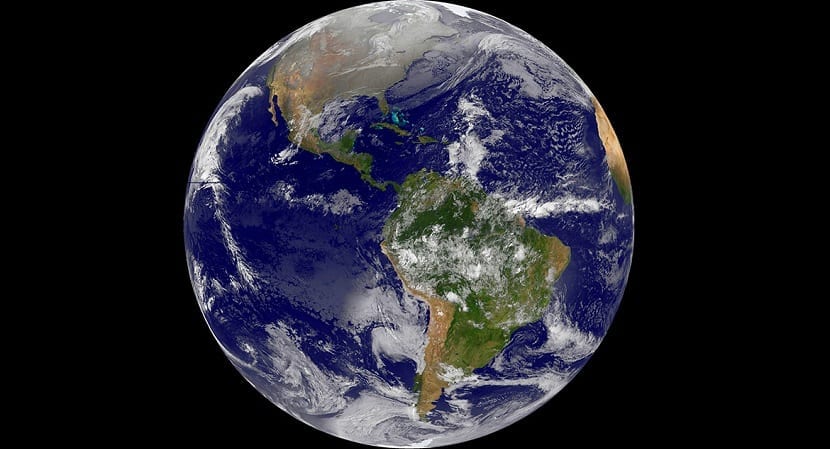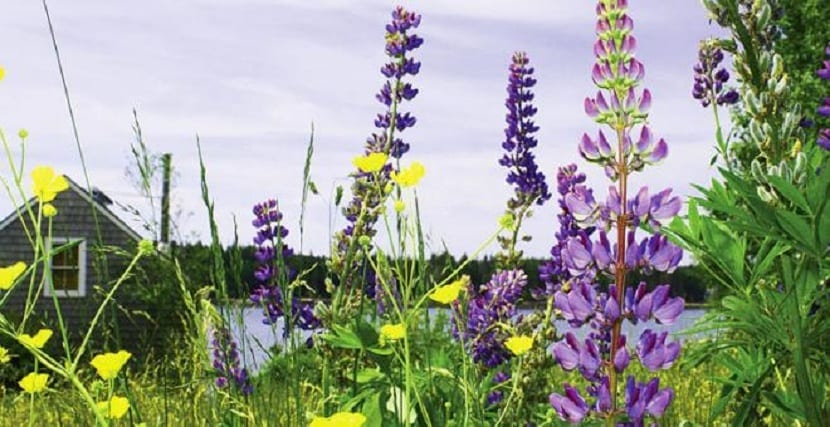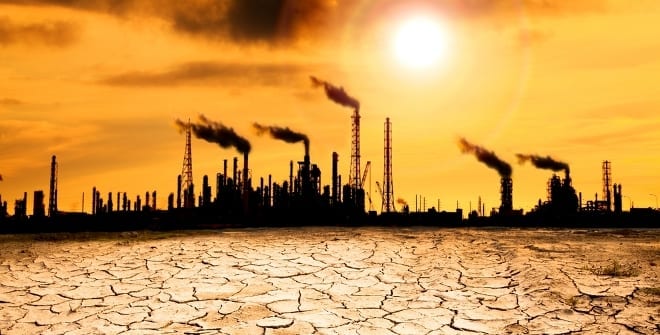
Climate change is the main problem we have today for the future. More and more technologies are being developed capable of seeking solutions or alternatives to this change that affects the entire planet.
We know that the role of flora and fauna is to vital importance for the future. Maintaining biodiversity and not breaking food chains and biological cycles are a good weapon in the fight against climate change. Scientists are studying new observational techniques that allow us to discover even more deeply the role of flora and fauna.
Josep Penuelas is an ecologist specialized in global ecology, plant ecophysiology, remote sensing and biosphere-atmosphere interactions and is dedicated to researching the evolution of living beings and their role in climate change. He said that the effects of climate change on flora and fauna would be most notable in phenology. This is, for example, when you remove the leaves from deciduous trees. With climate change the temperature range is very different from normal. In the month of October it is still hot enough for the trees to interpret that they do not need to shed their leaves yet.
The same goes for migratory birds. These birds migrate to be able to have young and live in pleasant temperatures. However, with changes in temperatures, migratory routes change their time. This kind of thing is easy for people to observe and is one of the things they have great importance in the functioning of the planet's ecosystems. By prolonging these phenological changes, substitutions of some species with others can be caused and, therefore, changes in the area of distribution.
The ecologist confirmed that in the studies carried out it can be observed that both humans and plants and animals respond to climate change changing genetically much faster than expected. However, it must be added that genetic changes in microorganisms are much faster due to the speed with which they reproduce and the number of individuals. That is why microorganisms adapt more easily to the effects of climate change because they have many more generations in much less time.
In the studies carried out by Peñuelas to understand the causes and consequences of the effects of climate change on the planet, the communication language that have the flowers. These studies can provide data that are essential to know the relationship of flora with the environment that surrounds us.

Plants exchange more gases with the atmosphere than we think
Plants communicate with each other, not speaking or gesturing, but they do exchange hundreds of gases with the atmosphere. The best known thing about photosynthesis is that they exchange oxygen, carbon dioxide and water, But what most people do not know is that they also exchange hydrocarbons, alcohols and a large amount of gaseous compounds that produce an extraordinarily important biological function to communicate with each other.
In addition, plants not only communicate with each other, but also with herbivores, predators of herbivores that favor the dispersal of their seeds in different ways. It should also be added that this exchange of gases with the atmosphere causes a change in the chemistry of the atmosphere and therefore, in air quality that we breathe. Normally, in places with a higher density of flora and vegetation, the air that is breathed is cleaner and healthier since it absorbs a large amount of carbon dioxide emitted by the burning of fossil fuels.

Climate change is accentuated by the burning of fossil fuels
In the studies carried out by Peñuelas, remote sensing techniques are applied to be able to work at a global, regional and local level. Remote sensing is required to track these changes.
"What we have verified is that we have an increasingly green planet, where there is more green biomass, and we attribute this to the fact that we are fertilizing the planet with carbon dioxide that is the food of plants."
But it is not all positive, since, according to Peñuelas, the worrying thing about this situation is that it causes saturation situations. This occurs because plants lack water due to droughts due to climate change, or they lack nutrients because they are very limited. At worst, the limiting factor for plants is a lack of light.
The consequence of the above is that the green mass stops being active and absorbs the CO2 we emit and therefore increases the greenhouse effect. To solve this, it must be taken into account that there is a planet's CO2 absorption limit and that the type of life to which we are accustomed should be changed since, if it continues like this, the planet would get too hot.